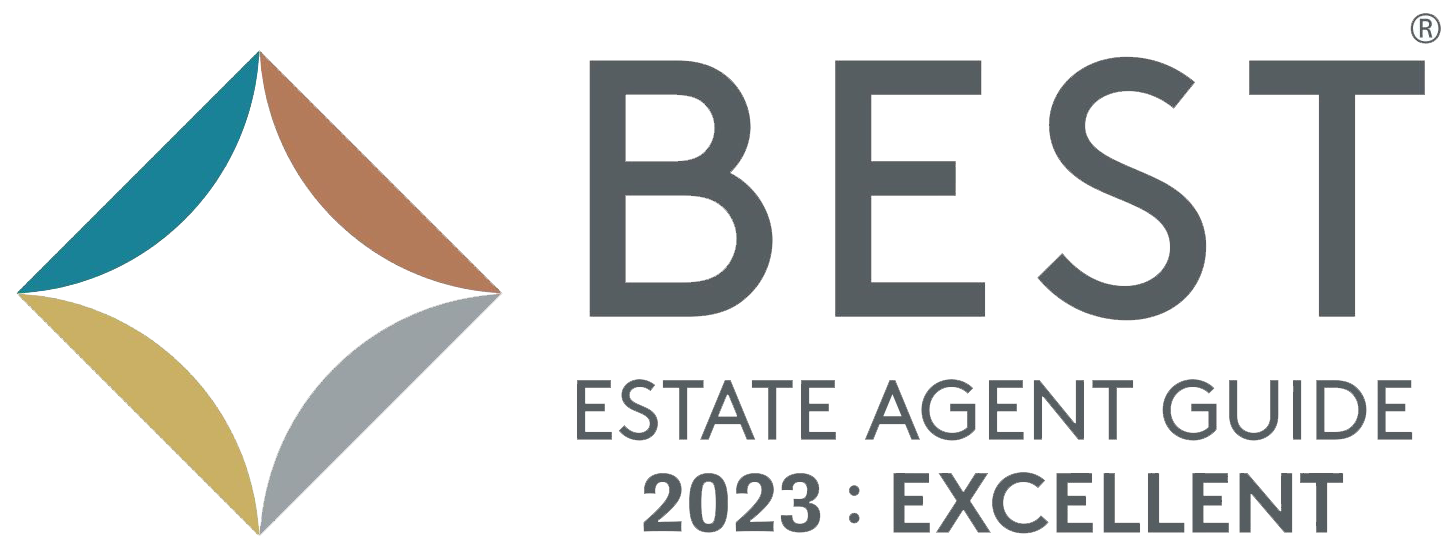Remote Work Alters Location Choices: The rise of remote working has changed tenant preferences. Properties in suburban areas or those with additional space and a dedicated home office are increasingly popular. As a landlord, it may be beneficial to reassess your portfolio to include properties that accommodate this shift in lifestyle.
Sustainability Takes Centre Stage: Modern tenants are more environmentally conscious, seeking homes that align with their eco-friendly values. Features such as energy-efficient appliances, solar panels, and sustainable heating systems are not only appealing but can also offer financial benefits through reduced utility bills and potential tax breaks.
Technology Enhances Living Experience: The integration of technology in rental properties is becoming a standard expectation. Smart home devices that provide convenience and security, like smart thermostats, security cameras, and energy-efficient lighting, are highly desirable. These technologies not only attract tech-savvy tenants but also streamline property management.
Growing Demand for Flexible Leasing: As lifestyles become more flexible, tenants are looking for more adaptable leasing options. Offering choices such as shorter lease terms or furnished rentals can make your properties more attractive to a diverse range of potential tenants, from young professionals to temporary workers.
Demographic Shifts: Understanding demographic changes is crucial. For example, an increase in single-person households or an ageing population can influence the types of properties in demand. Adapting your offerings to meet these evolving needs can give you a competitive advantage in the rental market.
By staying attuned to these trends, landlords can make strategic decisions that align with market dynamics, ensuring their property investments continue to thrive in a changing environment. Remember, in the world of property rental, being prepared is being ahead.











